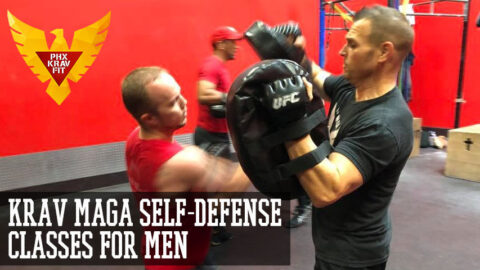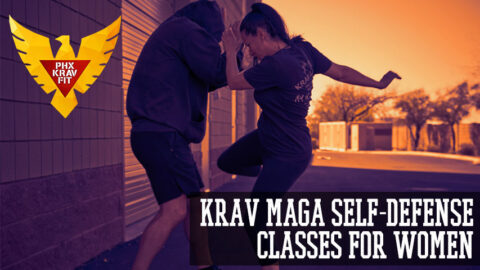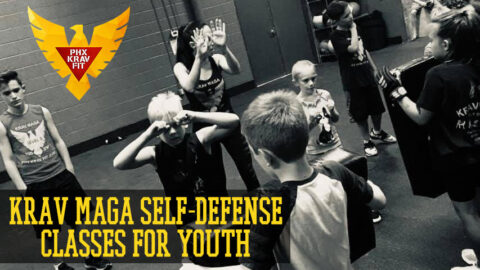Plane Defense
What I Taught the Air Marshals
A few months after 9/11, I received a call from a group of Air Marshals who were operating out of O'Hare Airport. They said they wanted to meet with me and they would be bringing their head instructor along to discuss developing a specific hand-to-hand combat program for their Marshals. When the meeting started, I could tell that they had properly prepared with a solid firearms program, but there were holes in their ''empty hand'' training.
Over the next several months, I helped them develop a training curriculum and methodology to deal with combative situations on airplanes when using their firearms was not an option. The following lays out some highlights and tips from this curriculum, in order to give you an edge in these kinds of unique situations.
Close Quarters Tools: Fancy kicks and boxing combinations while bouncing around is simply impossible in the limited space of a plane. Using ballistic techniques like elbow strikes, head butts and knees, are not only made for closer quarters, but yield much more power and leverage.
Fighting Laterally and Horizontally: When ''in the tube'' as the Air Marshals call it, space is obviously limited, but what
makes this environment cliff erent is that one can usually only move linearly, either by moving up and down the main aisle or side to side in between chairs. As a result, your footwork should mimic these movements while using the close quarter techniques of elbow strikes, head butts and knees. To mirror this in their training, we not only set up mock chair arrangements like on a plane, but used exercise bands around their ankles to limit the length and flexibility of their footwork.
Improvised Weapon: Aside from a few blunt weapons (i.e. a tactical pen) that you can legally carry on a plane, your arsenal is limited on what you can use to protect yourself. Creating a longer-range weapon can quickly be accomplished by rolling a couple of the on-board magazines diagonally and wrapping them with a small roll of duct tape which you can keep in your carry on. When rolled tightly in this diagonal way and secured by duct tape, it creates a very hard and sturdy longer-range striking tool which can outreach knives and blades which were illegally smuggled on-board.
Identify Allies: Whether dealing with an unruly customer who is threatening other passengers or terrorists who are seeking to control the plane, having one or two allies is an invaluable asset. After finding your seat on the plane and before take off, try to identify at least one person within three to five rows of you who is bigger in stature and/or exhibits alpha body language. Take five minutes to quickly connect with this person by asking a couple questions which can help you build rapport. This will be the person you can turn to for an extra set of hands to help you restrain that physically threatening inebriated passenger or to thwart terrorist plans.
Once again, the point is to prepare for a different environment with self-defense strategies, tools and potential support when in this unique scenario. Adding these moves to your self-defense arsenal, a small roll of duct tape to your gear and the simple habit of social engineering through finding help before a situation goes down, accomplishes all three goals and puts you in a safer place when flying.



